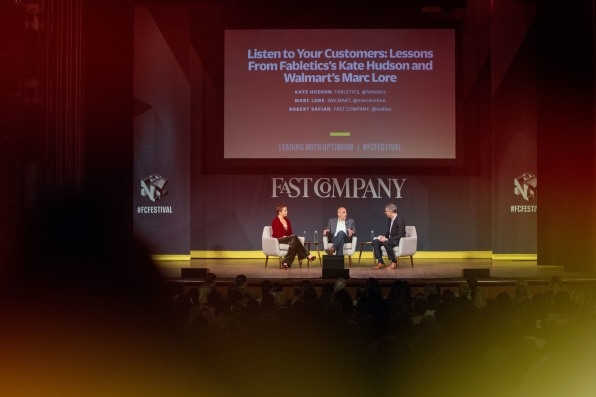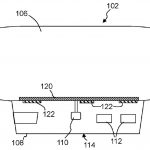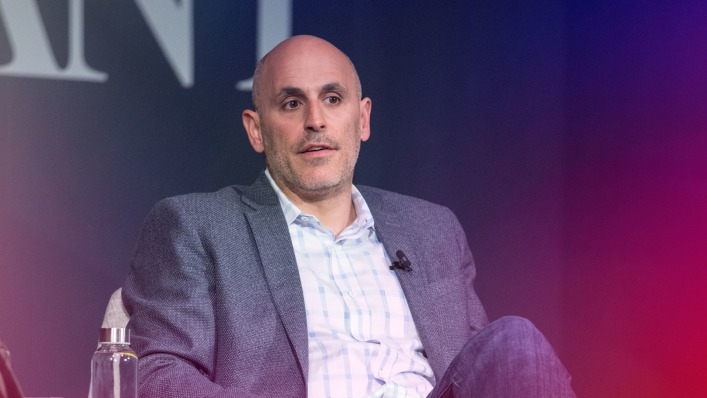Walmart’s Future May Involve Digital Voice Assistants And VR Shopping
When you think of Walmart, you probably think of the big-box retail stores that are sprinkled from coast to coast. It’s the biggest retailer in America, with more than 4,000 brick-and-mortar locations.
But Marc Lore, CEO of Walmart’s e-commerce division, sees a very different future for the brand—one built around high-tech solutions and data-driven efforts that go way beyond the traditional ways of gathering consumer information. For one thing, Lore believes that voice-activated devices are going to be an important way to gather knowledge.
“Voice is the next big way for us to be able to leverage data from a person’s car, home, or device,” he said (November 03, 2017) at Fast Company’s Innovation Festival. “It will allow them to shop in a very conversational way with a robot, in the same that they would with a specialist on a showroom floor of a retailer. And that robot will know you as well as your mom or dad.”
Lore joined Walmart last year after the company acquired Jet.com, the e-commerce shopping club he founded in 2014. Rather than launching another startup, he headed up Walmart’s digital strategy. This has involved acquiring some interesting brands, such as Bonobos, ModCloth, and Moosejaw.
Having built his career in e-commerce, Lore is very familiar with gathering customer data and using it to deliver more personalized products and services. This isn’t something that everybody is that excited about. Fabletics cofounder Kate Hudson, who shared the stage with Lore, says it might take time for consumers to adapt to engaging with robots rather than people.
“We’re going to have robots,” says Hudson with a sigh. “But it makes me kind of sad.”

Real Shopping In the Virtual World
Lore is also thinking about how Walmart might leverage virtual reality to bring in-store experiences to customers at home. He’s been surveying the latest technology in the market, and while he believes it might be a decade or so off, he’s certain that retailers will need to incorporate it into their relationship with customers.
“To see where it’s come in the last five years, it’s pretty amazing,” Lore says. “In 10 years, we’ll be able to put on a pair of glasses, and be able to be immersed in experiences that display products in their native environment. You might be able to put on glasses, and say, ‘I’m interested in going camping,’ to be transported to a campsite to see the tents and ask questions.”
All of this technology will be expensive to build out, much like high-performing e-commerce webpages were once expensive to create. But Lore is seeing plenty of companies creating VR technology for shopping. Eventually, the competition in this space will drive down the price of acquiring the technology, which will make it easier for smaller brands to take advantage of it.
“We’re all about merchandizing and creating immersive retail shopping experiences,” he says. “To date, we’ve had to do it in a very fixed and rigid way in a brick-and-mortar store, but in the future, you’ll be able to create immersive, interactive shopping experiences where you can do things that are very tailored to the individual.”
He added that some VR experiences may initially only exist in stores, because the actual hardware will not be very common. For instance, you might be able to see a hologram of Kate Hudson herself at a Fabletics store. But as adoption of the technology takes hold, Lore says that the shopping experience of the future will be very different than the one we know today.
“It’s going to change the way that people shop,” he says.
Fast Company , Read Full Story
(24)













